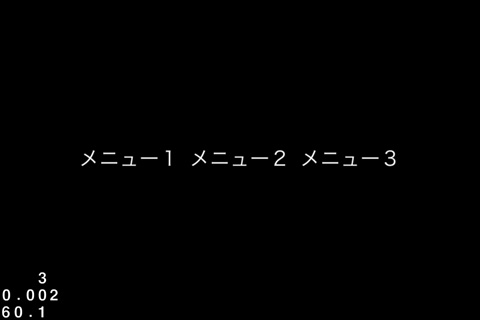
If it’s high priority, show as red, if normal, orange, and otherwise blue. Here you can see the Switch function is useful again. I’ll change the color of the icon control to white, and move the circle so that it shows behind the icon. In this example, I’ll insert a circle into my gallery, and I want it to show as a different color depending on the priority. Most every type of control in a Power App, has a Fill property, for the fill color.

In this formula, since I have a few different priorities (a SharePoint choice column), I’ll use the switch function. There is a property called Icon on the icon, which tells you its name.

Decide which icons you would like to use for each of the three statuses. You can switch this icon to something else, and see a list of icons over in the properties panel on the right. With your cursor in the first row of the gallery, go to the Insert tab, click Icons, and choose an icon. I’d like to display a different icon for each of the 3 different priority levels. In this next example, we’ll work with the priority column. If(ThisItem.’Assigned To’).Email = User().Email, FontWeight.Bold, FontWeight.Normal) Concept 3: Switch Icons If the task is assigned to the current user, the user’s name will be displayed in a bold font weight.Ĭlick to select the label in the first row, that shows the “Assigned To” person’s name (a SharePoint person column). I’ll use the condition of the currently logged in user. In this example, the goal is to display the text in a bold font, based on a condition. In this below example, if it’s completed show green, if in progress, purple, and if not started show orange, otherwise if none of those are the case, the color will be black. If you have multiple statuses and therefore need to set up multiple colors, the most efficient formula to use, is the SWITCH, which is similar to IF. If the status (a SharePoint choice column) is completed, show green, otherwise black. There are several different ways to indicate colors in PowerApps, but in this example I’m just typing the color names. Click on the status label in the first row of the gallery, and at the top of the screen, select the Color property, so that you can type in the function box. The goal is to display different statuses in different colors. In this example, I’ve got a label control that displays the status of each task, and the status in SharePoint is a choice column.
CCMENU IGNORING ALIGNITEMSVERTICALLYWITHPADDING FULL
In my example, my list is a custom SharePoint list, full of tasks.

In this post, I’ll show you a few examples to give you ideas of how you can set up formatting in your own Power Apps. Just like in Excel and SharePoint, conditional formatting can be done, on a list of things in a gallery. Whether it’s a list of items from SharePoint, a list of documents, or a list of database records, it’s an extremely flexible control to use for this purpose. In Power Apps, a gallery is my favorite way of displaying a list of things.


 0 kommentar(er)
0 kommentar(er)
